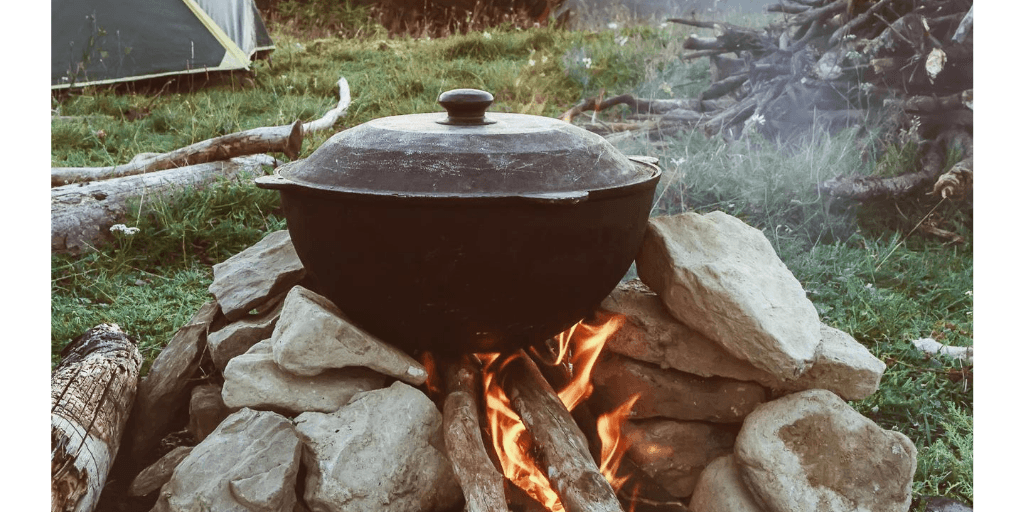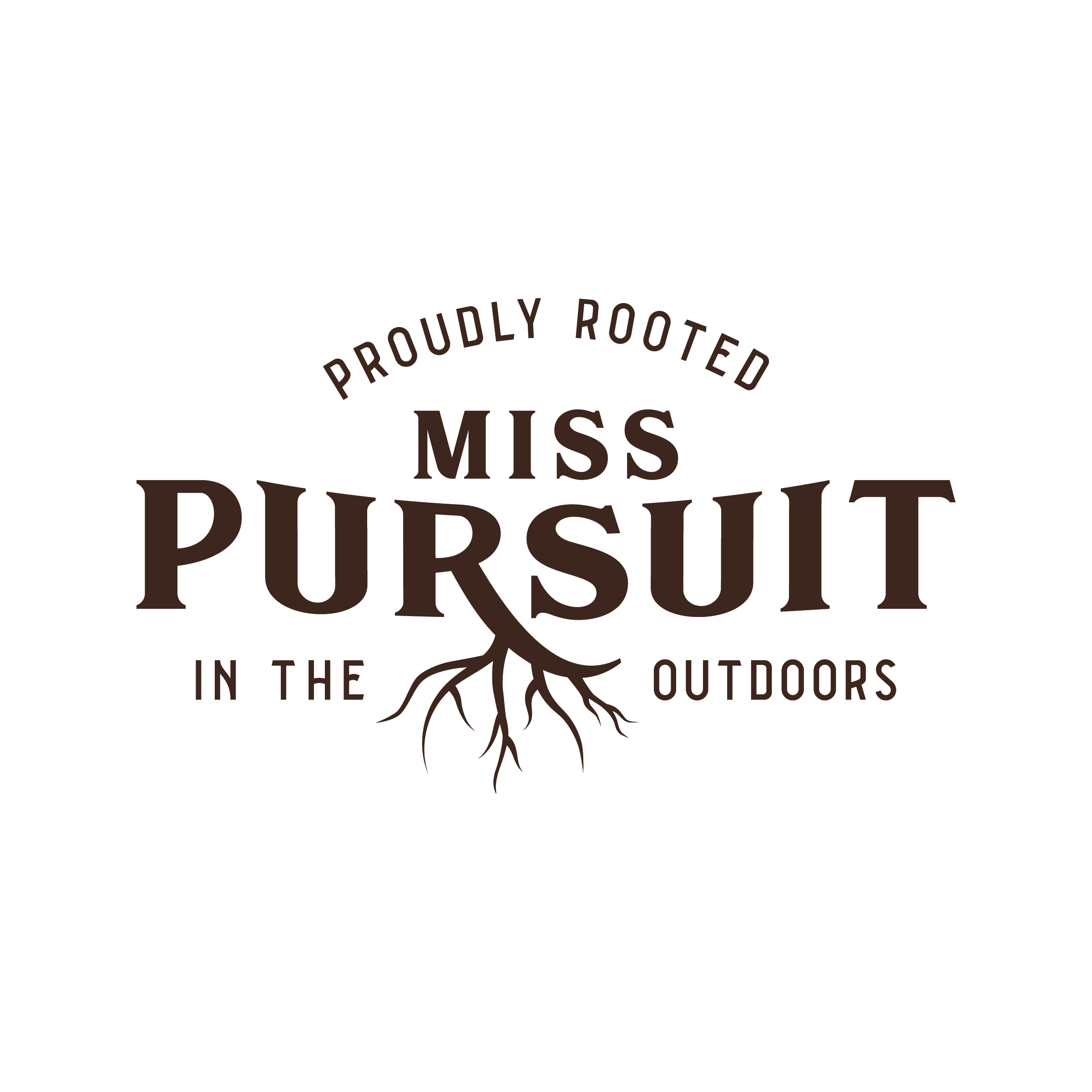Cooking with fire is an age-old tradition that has stood the test of time. Cooking with fire is a primal and satisfying experience that has been practiced for centuries. Whether you're grilling, smoking, or roasting, cooking with fire can add a unique flavor and texture to your food. With the right techniques and tools, you can master the art of cooking with fire and impress your friends and family with delicious, smoky dishes.
Discover the art of cooking with fire with our expert tips and techniques.
Ah, the great outdoors. The place we really want to be. Food just tastes better cooked outside and over a fire. We used to go camping for the weekend. Then, we got campers. Oh, the luxury of having a bed, a small galley, and a table that turns into a bed.

Then came glamping. I understood when the big craze was glamping. Who wouldn’t love spending time in a nice, clean, and comfortable bed? It probably also has a wooden floor and a beautiful cookstove in a wall tent with a nice outdoor shower and loo. Wall tents are traditionally occupied by outfitters, guides, and hunters who sleep in cots on a dirt floor. At best, they sometimes have a back-smoking woodstove for heat. And what about bathroom amenities? Ha! I do have to say, however, the new lingo of new campers in the field makes me giggle a bit. Carry on bush crafters, overlanders, and boondockers. It’s still just 4-wheeling and camping.
Looking for new wild game recipes? Get our downloadable with 10+ recipes today.
Getting Back to Cooking with Fire: The Basics
We’re getting back to old-school practices, either because it is cool or because we realize that knowing skills that don’t require technology could be an asset.
With camping, there is always some sort of cooking that has gone from the primitive live fire to propane-fueled stoves and portable BBQ smokers…and back to live fire again. Trends usually make a full circle. Cooking with fire didn’t start out to be a trend, but it sure is making a comeback.
Cooking with fire is one of my preferred ways of cooking. I am unsure if it is because I find comfort and familiarity with a campfire or because food just seems to taste better. It's just like the way a hotdog you cook at home is never as good as the one from the ballpark, or the one you cook over an open flame.
Cooking Over a Fire
You can cook over the fire with a nice grate, griddle, or other cast irons and Dutch ovens to make amazing dishes. There are many tutorials for these types of cooking. The key is to regulate your heat. I always try to make a place in my campfire that has live, dancing flames with nice coals pushed to a side with a grate over it. A shovel, leather gloves, and a nice fire-poking stick are essential tools for keeping the heat where you need and want it.
There is something to be said about cooking a steak directly laid upon the coals and rigorously tending to the progression of the way the steak will finish off. This also brings out some ancestral primordial wonderings of how we even came about cooking in the first place. Was it an accident? Did part of the harvest fall onto the flames of their heat source and it just worked out to be a great thing? Did our ancestors become obsessed with wondering about what they could do next to make their other foods over a fire? I don’t care how it came to fruition; I am just glad it did.
Tips for Cooking over a Fire
Choose the right fuel for your fire.
The type of fuel you use for your fire can greatly impact the flavor and cooking time of your food. For grilling, charcoal is a popular choice as it provides consistent heat and a smoky flavor. For smoking, wood chips or chunks are often used to infuse the food with a specific flavor, such as hickory or mesquite. It's important to choose a fuel that is appropriate for your cooking method and the type of food you are preparing. Experiment with different fuels to find the perfect flavor for your dishes.
Control the temperature with the placement of your food.
When cooking with fire, it's important to have control over the temperature to ensure that your food is cooked evenly and to your desired level of doneness. One way to control the temperature is by adjusting the placement of your food on the grill or in the smoker. For example, if you want to cook something quickly and at a high temperature, place it directly over the flames. If you want to cook something more slowly and at a lower temperature, move it to a cooler part of the grill or smoker. By experimenting with the placement of your food, you can achieve the perfect temperature for your dishes.
Use different cooking methods for different foods.
Cooking with fire offers a variety of methods to cook different types of food. For example, grilling is great for cooking meats, vegetables, and fruits quickly over high heat. Smoking is ideal for meats, fish, and vegetables that benefit from a slow and low cooking process. Roasting over an open flame is perfect for foods that need to be cooked slowly and evenly, such as whole chicken or large cuts of meat. By using different cooking methods, you can bring out the best flavors and textures in your food.
Experiment with different wood flavors for added depth of flavor.
One of the best ways to enhance the flavor of your food when cooking with fire is to experiment with different types of wood. Different woods impart different flavors to your food, so it’s important to choose the right wood for the type of food you’re cooking. For example, hickory wood is great for smoking meats, while applewood is perfect for smoking fish. Mesquite wood is ideal for grilling beef, while cherry wood is great for grilling poultry. By experimenting with different wood flavors, you can add a whole new dimension of flavor to your dishes.
Practice safety measures to prevent accidents.
Cooking with fire can be a fun and rewarding experience, but it’s important to always prioritize safety. Make sure to keep a fire extinguisher nearby and never leave your fire unattended. Use long-handled tools to avoid getting too close to the flames, and wear protective gear like oven mitts and aprons. It’s also important to properly clean and maintain your cooking equipment to prevent accidents and ensure optimal performance. By following these safety measures, you can enjoy the art of cooking with fire without putting yourself or others at risk.
Get out there and try to cook over a fire. Cook over a live fire in your backyard fire pit. Cook over your campfire – whether you are camping, glamping, bush crafting, or boondocking. All you need is a good fire, a spot to push your coals to, good hefty aluminum foil, a piece of meat, veggies, and lively spices.
